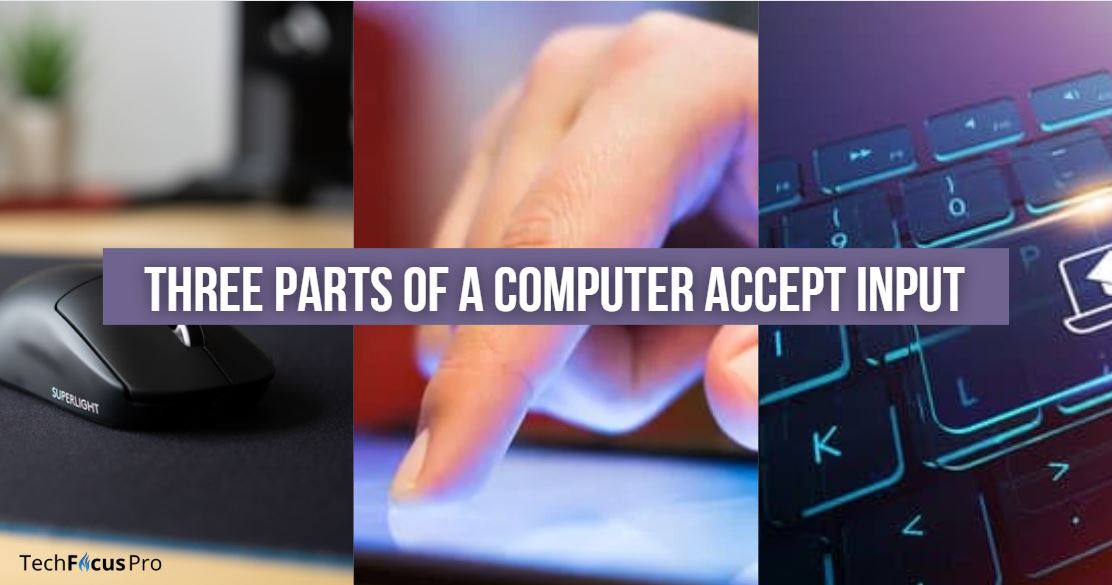What Won’t My PC Fully Enter Sleep Mode?

Have you ever wondered why your computer sometimes struggles to enter sleep mode? Sleep mode is like putting your PC in a cozy, energy-saving nap.
When your computer goes into sleep mode, it reduces power consumption while preserving your work, allowing you to jump back into action quickly. This feature is not just a nifty trick; it plays a crucial role in conserving energy and extending the life of your hardware.
Understanding sleep mode can help you make the most of your computer and keep it running efficiently.
So, let’s explore why your PC might not get the rest it needs!
Common Reasons Why a PC Won’t Fully Enter Sleep Mode
Active Applications and Processes
Active programs and processes are a major reason your computer does not go into sleep mode. Certain apps, such as downloaders or media players, operate continuously in the background, telling your computer to stay awake. For example, your computer will not shut off while watching a video or listening to music since such processes require power.
Sleep mode can also be prevented by background operations, such as antivirus scans or system upgrades. Typically, your computer needs to remain awake for these tasks to be completed. Before letting your computer go to sleep, try shutting down any unnecessary programs and stopping any downloads.
Hardware Devices

Another common reason your PC might not fully enter sleep mode is related to hardware devices, particularly USB devices like mice and keyboards, external drives, and other peripherals. Many of these devices are set to wake up your computer when they are moved or clicked.
For example, if you have a wired mouse, simply moving it could wake your PC up from sleep. This feature is handy when you want to access your computer quickly, but it can be frustrating to let it rest.
External media, such as external hard drives or USB flash drives, may prevent sleep mode activation. Your computer will remain active to finish any data access or file system check that is occurring on these devices. When not in use, disconnect USB devices from your computer or change the system settings to stop them from waking it up to enable your computer to go into sleep mode. You can help your computer get the uninterrupted sleep by checking these settings.
Network Activity
Network activity can also prevent your PC from entering sleep mode, especially if your computer is set up to use certain features. One such feature is called “Wake on LAN.” This allows your PC to be woken up by signals sent over a network. For example, if a device on your network sends a signal to wake your computer up, it will ignore sleep mode and turn on.
Additionally, you have cloud services on your computer syncing in the background. In that case, this can keep your PC awake, too. Cloud services often save your files online to keep them safe and updated. While your computer is syncing files, it must stay alert so sleep mode doesn’t engage. To help your PC rest, turn off Wake on LAN in your settings or pause syncing while not using your computer.
Power Management Settings for Network Adapters
Suppose you’re experiencing difficulties with your PC entering sleep mode due to network activity. In that case, adjusting the power management settings for your network adapter can be a viable solution. I resolved the same problem by accessing the Device Manager on my computer. Here are the steps I took:
- Open Device Manager: Right-click the Start button and select “Device Manager” from the menu. This utility allows you to manage the hardware connected to your PC.
- Locate Network Adapters: Find the “Network Adapters” section within the Device Manager. Expanding this category will display all installed network adapters.
- Access Adapter Properties: I right-clicked on the “Realtek PCIe GbE Family Controller” (or the equivalent adapter in your System) and selected “Properties” from the context menu. This opens a new window with various settings for the selected adapter.
- Adjust Power Management Settings: In the Properties window, navigate to the “Power Management” tab. Here, you’ll find options determining how your network adapter interacts with sleep mode.
- Modify Wake Settings: I clicked “Only allow a magic packet to wake the computer.” This setting ensures that the network adapter will only wake your computer from sleep when it receives a specific signal, thus preventing it from waking up prematurely due to general network activity.
By applying this adjustment, I eliminated unnecessary wake signals and enabled my PC to enter sleep mode as intended. This small change can significantly reduce disturbances and enhance your device’s energy-saving capabilities, ensuring that it gets the rest it needs.
For more detailed information, you can also check out this YouTube tutorial.
FAQs
Why is my PC not starting after sleep mode?
If your PC is not starting from sleep mode, consider the following possible reasons and solutions:
- Driver or Hardware Issues: Sometimes, problems with drivers or hardware components can prevent your System from waking correctly.
- Keyboard and Mouse Input: Try pressing keys like the spacebar or moving the mouse to see if that prompts the System to wake up.
- Restart the Computer: If the previous methods do not work, a quick restart might be necessary to resolve the issue.
- Power Settings: Ensure your power settings are configured correctly to allow your PC to wake from sleep mode.
- USB Device Interference: Check if any USB devices are causing the problem, as they might interfere with the wake-up process. Unplugging them can sometimes resolve the issue.
Why does my PC never go to sleep?
If your PC never goes to sleep, it might be because active applications or background processes are keeping it awake. Programs like media players and downloads prevent sleep mode from activating. Additionally, hardware devices, such as USB mice or keyboards, can wake your PC up when moved. Lastly, network activity or specific settings on your network adapter also influence this.
Why won’t my PC go into sleep mode even after closing all applications?
There could be several reasons for this. Background processes, hardware devices, or network activity might prevent sleep mode from activating. Ensure all unnecessary devices are unplugged, and check for running updates or downloads in the background.
How can I tell if a device is waking my PC?
You can check the “Event Viewer” on your PC to see what caused it to wake up. Look for “Wake Source” information in the System logs to identify which process or device triggered the wake event.
What are the best practices to ensure my PC enters sleep mode?
To facilitate your PC entering sleep mode, regularly close all applications, unplug unnecessary USB devices, disable “Wake on LAN,” and ensure no background syncing processes are running. Additionally, reviewing and adjusting power management settings can further optimize sleep functionality.
Is it bad if my PC doesn’t go into sleep mode?
Although it won’t harm your computer immediately, repeatedly keeping it from going into sleep mode might result in wasteful energy use, more wear and tear on its parts, and a shortened lifespan. Ensure you have the right sleeping environment suitable for long-term upkeep.
Also Read: How many SSDs can a PC Have?
Conclusion
In summary, understanding why your PC struggles to enter sleep mode is essential for keeping it running smoothly. We explored common reasons like active applications, hardware devices, and network activity that can prevent your computer from getting the rest it needs. You can improve significantly by modifying your power management settings, shutting down pointless apps, and unplugging external devices. Fixing these sleep mode problems is critical since they improve overall performance, help your computer last longer, and use less energy. You can maintain the efficiency and availability of your PC at all times by following these easy steps!






